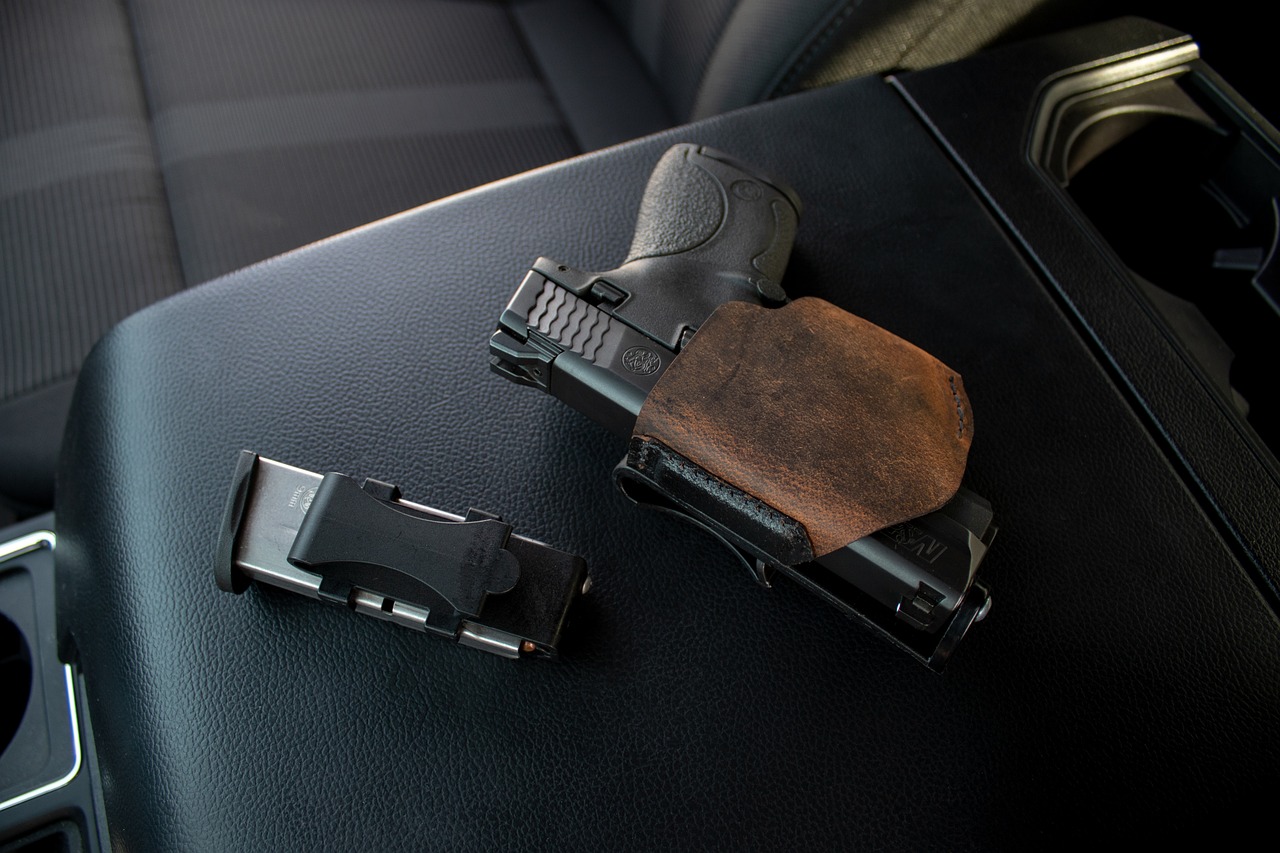Selecting the right antenna is essential to achieving good reception. When it comes to UHF frequencies, there are several types of antennas to choose from.
A UHF antenna is a device used to pick up UHF signals from the air. Signals from UHF frequencies are used to watch television shows and catch radio broadcasts. The three most common types of UHF antennas are the Yagi, log-periodic, and the discone.
Each antenna has its own unique design and specifications. The Yagi antenna is a directional antenna, which means it focuses its signal in one direction and not in others. The log-periodic antenna is designed to pick up signals from multiple directions, while the discone antenna receives signals from every direction.
When selecting a UHF antenna, consider its overall design, maximum gain, frequency range, and impedance. The gain refers to the level of signal amplification. The frequency range represents the range of frequencies it can pick up, and the impedance is the overall load the antenna will place on the receiver.
Other factors to consider include the size and location of the antenna. Many people place their UHF antenna on their roof or in the attic to improve signal quality. Keep in mind that the size of the antenna determines the range of signals it can pick up.
When selecting a UHF antenna, it’s essential to consider its design, gain, frequency range, and impedance. Selecting the right antenna can make all the difference when it comes to the quality of signal reception.









